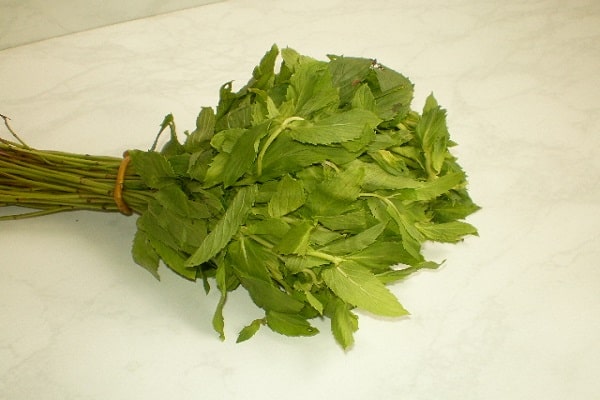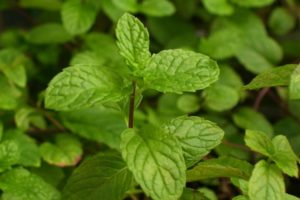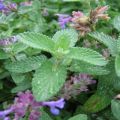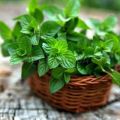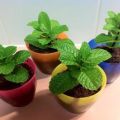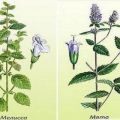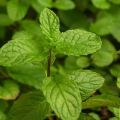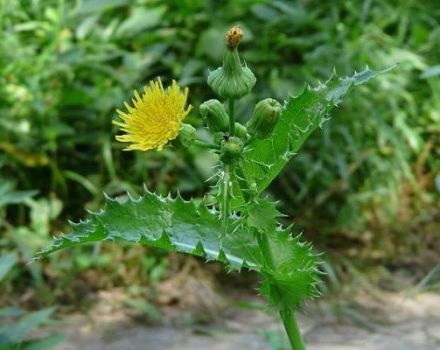How to plant, grow and care for mint from seeds in the open field in the country
Mint is a common perennial plant that is found in the wild and is often used for planting in a summer cottage. Growing peppermint in your dacha is pretty easy. The culture is unpretentious and does not require special attention to itself. This scented plant is extremely beneficial. Delicious refreshing and soothing teas are prepared on its basis.
Content
Plant varieties
Mint varieties a lot for planting in the country. The easiest way to purchase planting material is in garden stores. Peppermint is one of the common plant varieties. It was bred in the 16th century in England. The stems reach 1.4 m in height. The plant is lush, with long branches. Leaves of a light emerald shade, serrated at the edges. Peppermint begins to bloom in July and ends in September. The leaves are used to prepare teas and fish dishes.
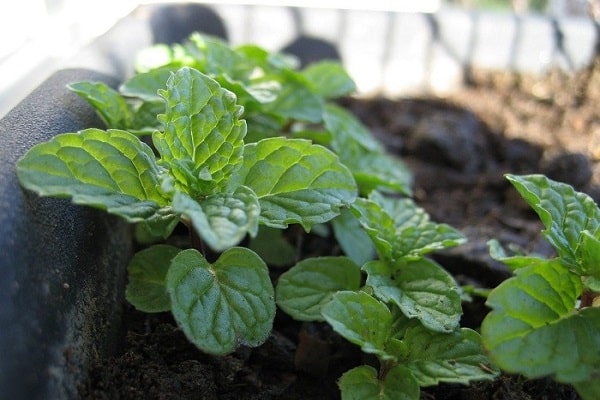
Another variety - curly mint... She got this name because of the leaves that look like curls. Plant height from 30 cm to 1 m. The aroma of the variety is not as sharp as that of pepper.
The chocolate mint variety has an unusual smell - a mixture of menthol and lemon with a touch of chocolate. Leaves are dark green with a purple tint.
Mexican mint has a spicy aroma. Plant height up to 1.5 m. Used as a medicinal plant.
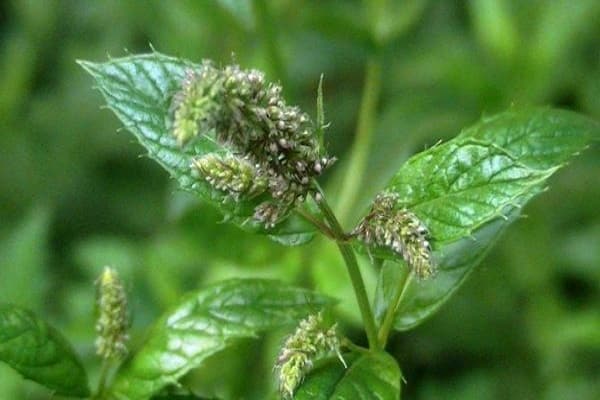
Why is mint dangerous in the garden
Growing mint on the site is fraught with some dangers. First of all, this is the active growth of the rhizome. If you do not control the mint bushes, then after a while the plant can fill the entire area. The problem will have to be solved radically, that is, dig up some of the plants and throw them away. Therefore, every year you need to remove some of the bushes if they begin to grow strongly.
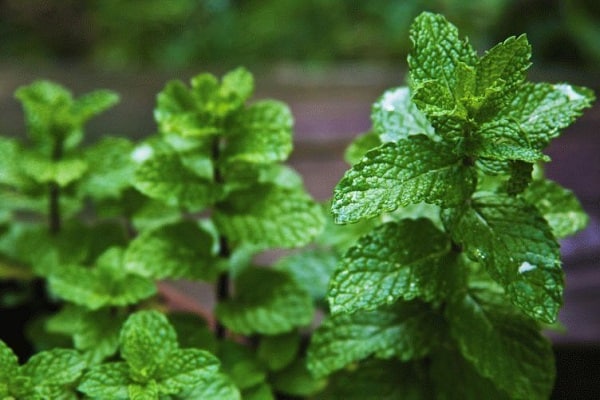
What conditions do mint need for successful growth?
Planting mint is preferable in open sunny areas with high humidity. It is undesirable to plant valuable plants next to the bushes, since the powerful root system of the mint will prevent them from developing normally. The soil should be fertile, loose. Preference should be given to sandy loam or loamy soil. It is undesirable to plant plants in wetlands.

Planting dates for mint
The optimal time for planting a crop with seeds is early spring. Then the bushes will not die in winter. Planting in summer will lead to the fact that the plants will not have time to take root in a new place and will die in severe frosts.
It is undesirable to plant mint in the fall, for the time before the onset of winter, the cuttings will not have time to take root.This is especially true for the northern regions. It is desirable to finish planting the culture in the first half of August.
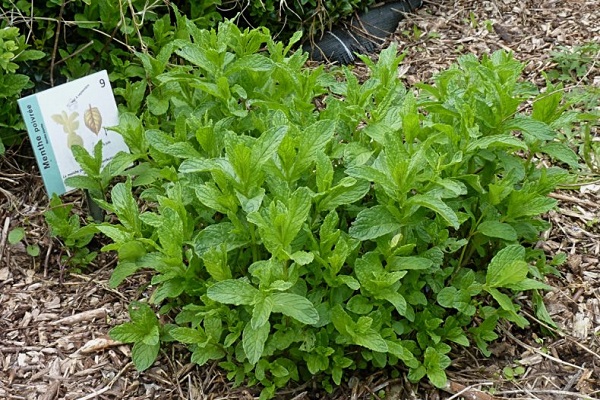
How to choose high-quality planting material
Further yield depends on the quality of the planting material. The stage of choosing cuttings and seeds should be given as much attention as possible.
Selecting seeds for planting
Seeds for planting mint are preferable to buy in garden stores. Collecting seeds from a mother plant is a painstaking and thankless task. It will not work to grow high-quality plants from such material. Most of the seeds will fail. And the one that rises, according to its characteristics, will be far from the mother plant.
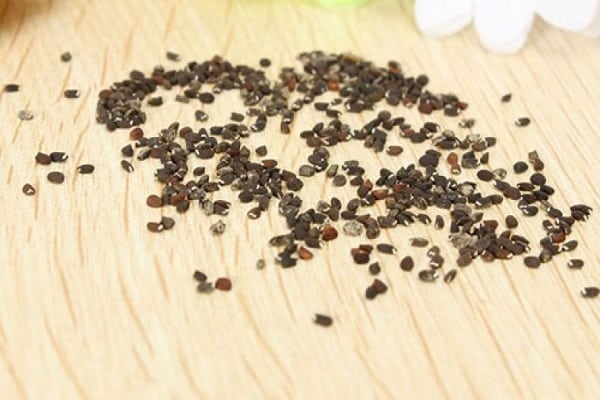
How to choose mint seedlings
The most effective way to plant a plant is seedling. Mint seedlings can be purchased at the store or by digging up a portion from the mother plant. In both cases, the bushes will take root. You can also grow mint if you cut off the stem from the mother plant at a height of 1 cm from the rhizome. The stem must be placed in water. After a few days, he will give white roots. After that, the cutting is planted in the soil.
When choosing seedlings of a culture, you need to pay attention to its appearance. There should be no shriveled, withered and sick leaves. The stem is firm and resilient. Such seedlings are suitable for further cultivation. The sprouts should not exceed 6-8 cm in height. If they are too long, it will be difficult for the seedlings to take root. Purchased seedlings are planted in the soil along with the soil from which the sprouts were sold.
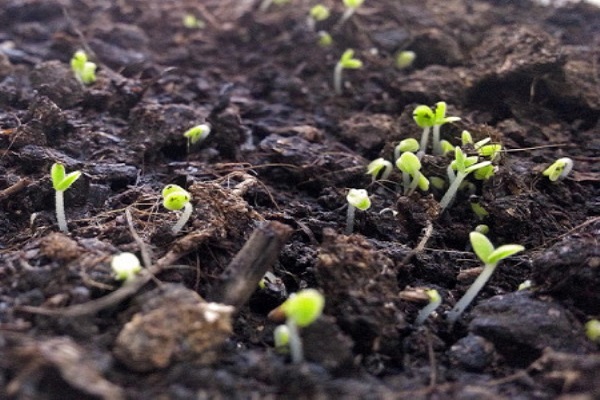
Choosing a site
Before choosing a site for planting mint, you need to find out which crops are considered favorable plant predecessors. First of all, these are legumes, potatoes, turnips, and also carrots. Preference should be given to light nutritious soils, with good aeration and abundant moisture. At the same time, water should not stagnate in the beds. The acidity level of the substrate is within 6-7.
For most of the day, the site should be in the sun, but by noon - in the shade. It is not recommended to choose dark places at all. It is advisable to change the landing site every 4 years. If mint grows in one place for a long time, it becomes weak, less aromatic and eventually degenerates completely.
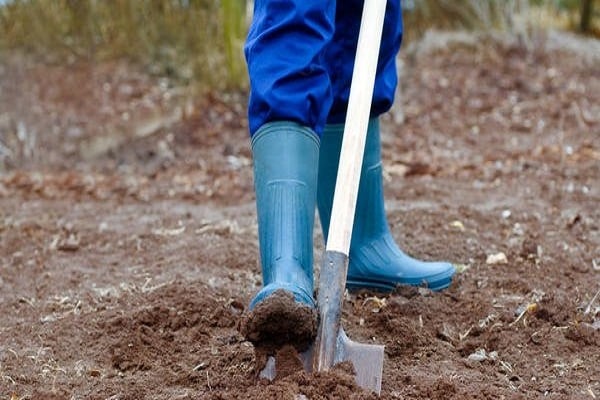
Outdoor planting
The most difficult thing is to grow a crop by seed. To ensure seed germination, you need to adhere to a number of recommendations. First, the material is germinated. To do this, cover it with damp gauze and put it in a warm place. When sprouts appear, the seeds are transplanted into the soil to a depth of no more than 6 mm. The temperature in the room with containers should be between 20 and 24 degrees. The containers are covered with cling film and left for 7-14 days.
When sprouts appear, they are transplanted into separate cups and rearranged into a cool room. After they get stronger, they are transplanted into the ground.
You can plant mint in open ground in the same way as any other crops. Before planting cuttings or seedlings in the ground, organic or mineral fertilizing (manure, humus, superphosphate, wood ash) is first introduced into it. Then the soil is dug to a depth of 20-25 cm. After that, small holes are made and the plants are planted. After planting, the soil is lightly tamped and watered with warm water.
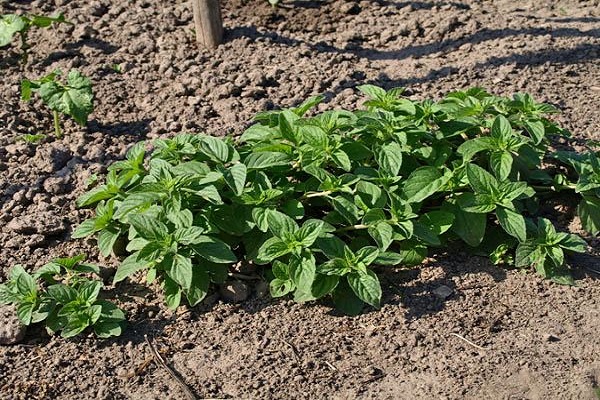
General rules for caring for mint
Mint is considered one of the most unpretentious garden plants. In addition to regular watering and removing weeds, bushes often do not need other maintenance procedures. It is also important to ensure that the plantings do not overgrow.
In the spring, the mint should be cut at the root. After that, it will grow better, and the branches will be more lush. The culture does not survive severe frosts, so for the winter it needs to be covered with spruce branches or covered with soil.
If necessary, plantings are fed. But in most cases, mint grows well without top dressing. Every 3-4 years, the beds are thinned out and transplanted to a new place.
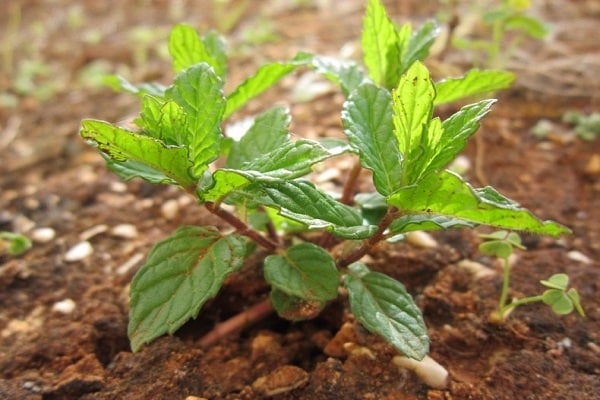
Diseases and pests
Among the common pests of mint are the flea beetle, leaf beetle, aphids and ticks. You need to deal with pests immediately after they appear. To understand that pests have appeared on the bushes will turn out in appearance. The leaves acquire a yellow tint, wither, holes appear on the leaves.
The bushes are treated with "Karbofos" for flea beetles. Processing is carried out in the fall, after cutting the stems. If a leaf beetle appears on the plant, then this indicates waterlogging of the soil. To remove it, you need to limit the number of waterings. From aphids, the bushes are sprayed with soap or soda solution.
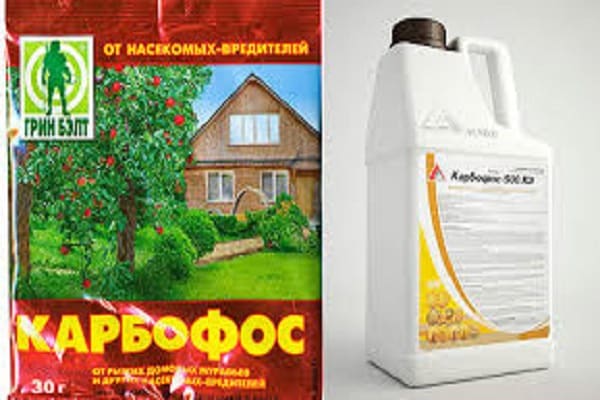
In addition, the bushes are often affected by powdery mildew. The disease manifests itself in the form of a characteristic white bloom. To prevent the development of powdery mildew, seedlings should not be planted close. And if the disease has already appeared, then the plants are sprayed with colloidal sulfur.
Mint is sick with rust. The first sign of appearance is the spread of crimson spots on the leaves. It is impossible to save the culture from rust. If the disease has already appeared, then the bushes are cut and burned. The soil is dug up in the fall, and then treated with potassium permanganate or iodine solution.
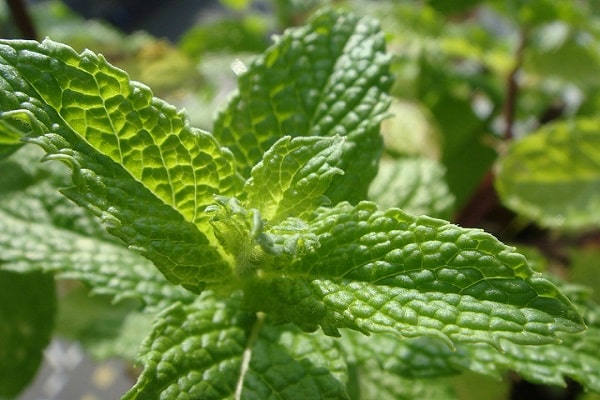
Collection and storage
Collect mint stems 2-3 weeks after germination. The stems are cut at the root and washed thoroughly under water. Then they are laid out in a dark and well-ventilated room to dry the bushes. The raw materials are regularly turned over. When the leaves are completely dry, they are folded in cloth bags or glass jars. Store dry mint in plastic bags is undesirable. So she will cheer and quickly disappear.
In one season, mint is cut several times. The first cut is done after the stems have reached a height of 20 cm. After cutting, the bushes begin to grow more actively. Properly dried mint has a shelf life of several years. It is used to prepare teas, herbal teas and as a seasoning for many dishes. Aromatic tea will help you relax on cold autumn or winter evenings.
